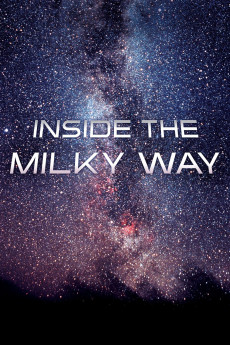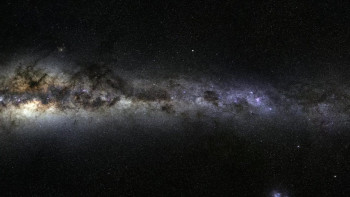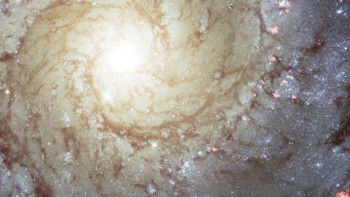Inside the Milky Way
2010
Action / Documentary

Inside the Milky Way
2010
Action / Documentary
Plot summary
Embark on an astounding journey across 100,000 light-years to witness key moments in the history of the Milky Way. Using cutting-edge science, National Geographic constructs a 3-D state-of-the-art CGI model of our galaxy. We'll peer into the heart of the Milky Way on the hunt for super-massive black holes, watch how stars are born and die, fly out and above the plane of our galaxy to understand its true shape and scour its dusty spiral arms for the possibility of life.
Director
Tech specs
720p.BLU 1080p.BLUMovie Reviews
A "must-see" for anyone who is fascinated by our Universe and how its structure came to be. Maybe...
A good documentary, but not what it could have been
This narrator will always be Querns to me. When you play a memorable character, that happens.
This is a good documentary, but its main flaw is that it is not what it claims to be about. It is only tangentially about the Milky Way. It's more about the universe in general. I had expected something that would map our view of the Milky Way onto a 3D model of it. I had expected that we'd pick out many interesting features. I wasn't so much interested in how they got there or where they are going (for this documentary). Given the completeness of the Milky Way we are shown, I suspect it's largely an artist's conception, rather than a model.
Some further nits to pick:
If you think the terms "star city" and "miraculous" should be used repeatedly in a science documentary, then this may be for you. But the dumbing-down of content in this manner started to irritate me.
Dark matter, of course, has not been discovered. That's why we call it "dark matter". It's expected, but it has never been discovered. It's also possible that our understanding of gravity is inaccurate (as if that hasn't happened many times before).
Also, the picture of the early universe was presented as if it were visible light, but that's a radio telescope picture. If they went to lengths (see what I did there?) to explain infrared, visible, and X-ray images, why not this?
And I was disappointed that the computer-simulated universe which "perfectly" matches our own was not actually overlaid so we could see how perfect the match was with our own eyes. It's bizarre they would just make the claim without showing it.
But generally it's a good overview of the universe, touching on a wide variety of topics including the life cycle of stars, types of stars, life cycle of galaxies, history of the universe, life, astronomical techniques, globular clusters, ultra-faint dwarf galaxies, and Andromeda. It's unusual to have all of this pulled together into a single presentation, and it does earn 7/10.









